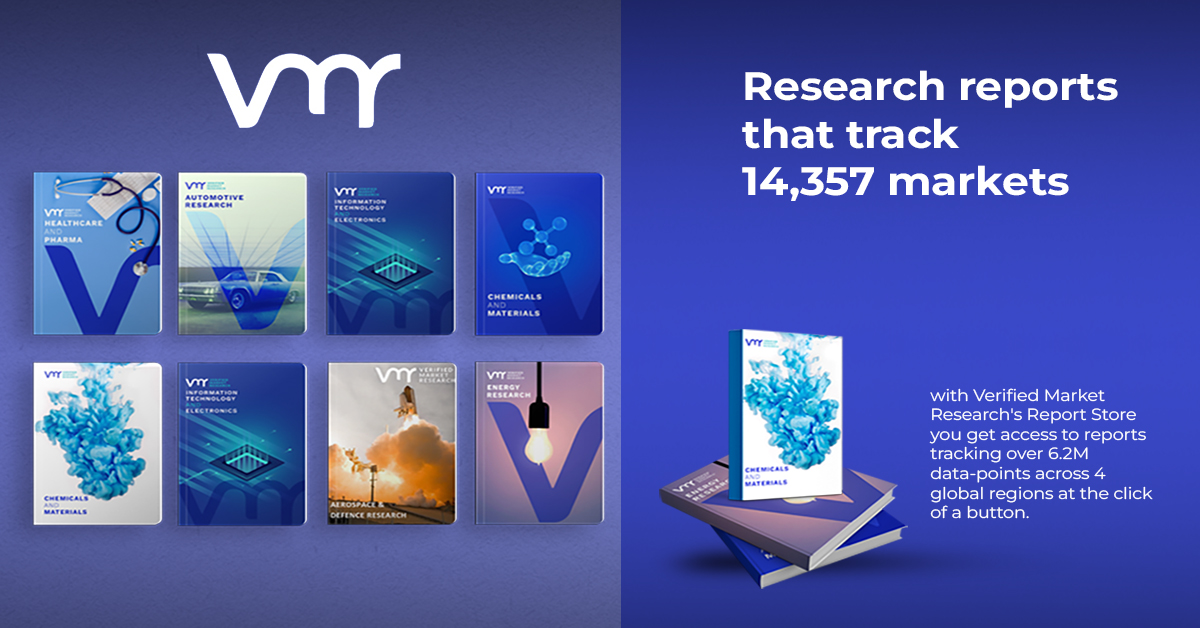Navigating the Cerium Samarium Sputtering Target Market: Key Developments and Insights
The cerium samarium sputtering target market has been witnessing significant developments in recent years, driven by advancements in material science and increasing demand across various industries. This article delves into the latest trends, technological innovations, market dynamics, and future prospects of this niche yet vital market, providing a comprehensive overview for stakeholders and enthusiasts alike.
Understanding Sputtering Targets and Their Importance
Sputtering targets are essential components in thin-film deposition processes, particularly in semiconductor manufacturing, optics, and materials science. They are utilized to create thin films by sputtering material onto substrates, which is crucial in producing devices like solar cells, display screens, and various electronic components. Cerium and samarium, rare earth elements, are increasingly being used in sputtering targets due to their unique properties that enhance performance in various applications.
Why Cerium and Samarium?
- Unique Properties: Cerium exhibits excellent oxidation resistance and catalytic properties, making it suitable for applications requiring durability and high performance. Samarium, on the other hand, is known for its magnetic properties and is often utilized in high-performance magnets.
- Growing Demand in Electronics: As the electronics industry continues to evolve with the proliferation of smartphones, tablets, and smart devices, the demand for high-quality sputtering targets, including those made from cerium and samarium, is escalating.
- Environmental Considerations: The demand for environmentally friendly materials has prompted manufacturers to explore rare earth elements, which can offer sustainable alternatives in various applications.
Key Market Trends
The cerium samarium sputtering target market is shaped by several critical trends:
1. Increased Research and Development Investments
Recent years have seen a surge in R&D investments aimed at enhancing the performance and efficiency of cerium samarium sputtering targets. Research institutions and companies are exploring new alloy compositions, production techniques, and applications to improve the material’s characteristics.
2. Expanding Applications Across Industries
The applications of cerium samarium sputtering targets are broadening. While traditionally used in electronics and optics, they are now finding uses in:
- Photovoltaics: As the solar energy sector grows, the need for advanced materials that can enhance solar cell efficiency is increasing.
- Automotive Industry: With the rise of electric vehicles (EVs), there’s a growing demand for high-performance materials in batteries and electronics.
- Aerospace: Cerium samarium sputtering targets are being investigated for use in coatings that can withstand extreme conditions.
3. Sustainability and Recycling Initiatives
With growing environmental concerns, sustainability is becoming a key focus for manufacturers. Companies are implementing recycling programs for rare earth elements, ensuring that materials are reused and reducing the ecological footprint. This shift not only addresses environmental issues but also helps stabilize supply chains that are often disrupted by geopolitical factors.
4. Technological Advancements in Manufacturing
Innovations in manufacturing processes, including advanced sputtering techniques and automated production methods, are improving the quality and efficiency of cerium samarium sputtering targets. These advancements are leading to lower costs and shorter production times, which can significantly impact the overall market landscape.
Competitive Landscape
The competitive landscape of the cerium samarium sputtering target market is characterized by a mix of established players and new entrants. Key companies are investing in strategic partnerships, mergers, and acquisitions to enhance their market presence and broaden their product portfolios.
Major Players
- Material suppliers: Companies like Umicore, Lesker, and Kurt J. Lesker Company are prominent in the production of sputtering targets, including those made from rare earth elements.
- Research institutions: Collaborations between universities and private companies are driving innovations in material science, focusing on enhancing the properties of cerium samarium targets.
Market Entry Strategies
New entrants are leveraging innovative technologies and sustainable practices to carve a niche in the market. By focusing on quality, customization, and customer service, these companies aim to differentiate themselves from established players.
Challenges in the Market
Despite the positive outlook, several challenges persist in the cerium samarium sputtering target market:
1. Supply Chain Vulnerabilities
The sourcing of rare earth elements often depends on a few countries, primarily China, leading to potential supply chain disruptions. This reliance poses risks to manufacturers and may impact pricing stability.
2. Cost Fluctuations
The prices of cerium and samarium can be volatile due to geopolitical tensions and trade policies. This volatility can affect the overall cost of sputtering targets and, subsequently, the pricing strategies of manufacturers.
3. Technological Barriers
While advancements are being made, there are still technological challenges in improving the performance of cerium samarium sputtering targets. Continued investment in research and development is necessary to overcome these hurdles.
Future Outlook
The cerium samarium sputtering target market is poised for growth in the coming years. Several factors contribute to this optimistic outlook:
1. Increased Demand from Emerging Markets
Countries in Asia-Pacific, particularly China and India, are witnessing rapid industrialization and a growing electronics market, which is expected to drive demand for sputtering targets.
2. Technological Innovations
Ongoing research is likely to yield breakthroughs that enhance the performance of cerium samarium sputtering targets, making them more attractive for various applications.
3. Regulatory Support for Sustainable Practices
As governments around the world emphasize sustainability, regulatory frameworks are expected to favor companies that prioritize eco-friendly practices, further driving the adoption of cerium samarium sputtering targets.
4. Diversification of Applications
As industries continue to explore the benefits of rare earth elements, new applications for cerium samarium sputtering targets will likely emerge, expanding their market potential.
The cerium samarium sputtering target market is undergoing transformative changes driven by technological advancements, increasing demand across various sectors, and a focus on sustainability. While challenges remain, the overall outlook is positive, with numerous opportunities for growth and innovation. Stakeholders in this market should remain vigilant, adapting to evolving trends and ensuring they are well-positioned to capitalize on the promising future of cerium samarium sputtering targets.










